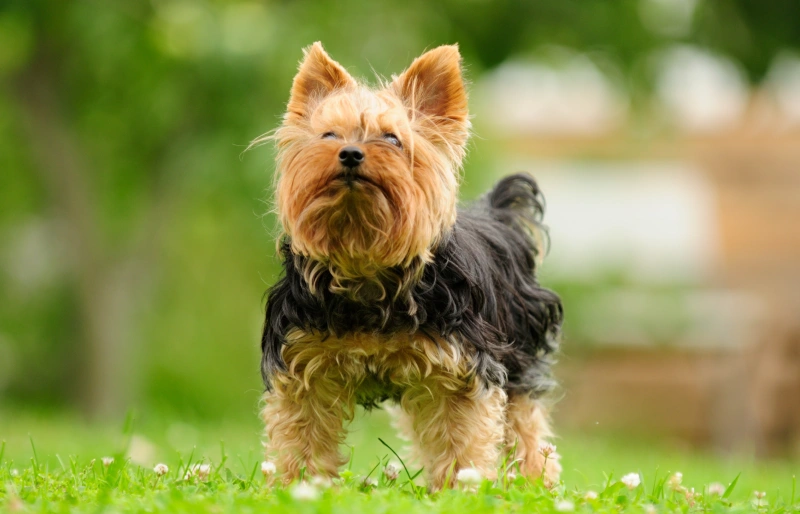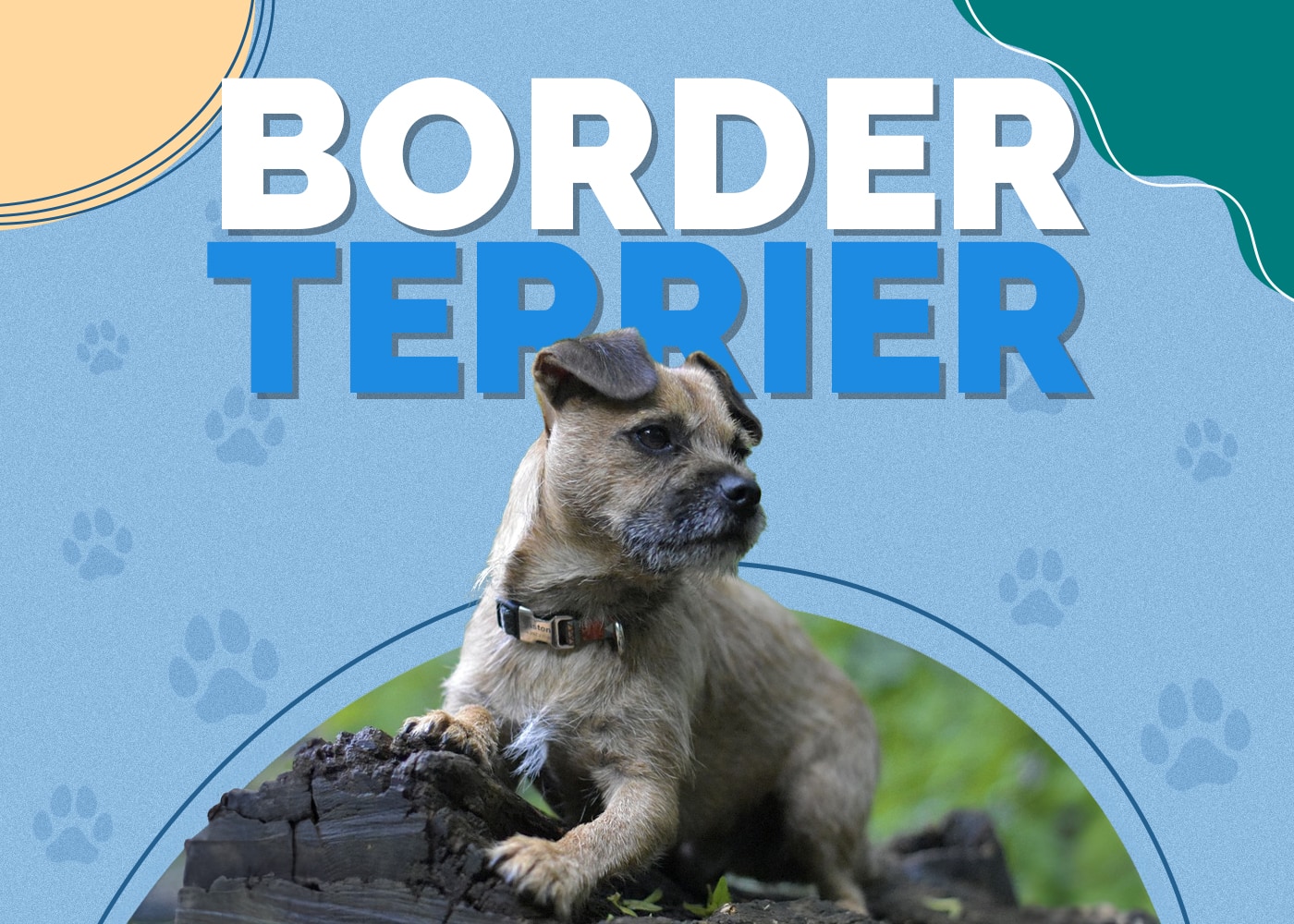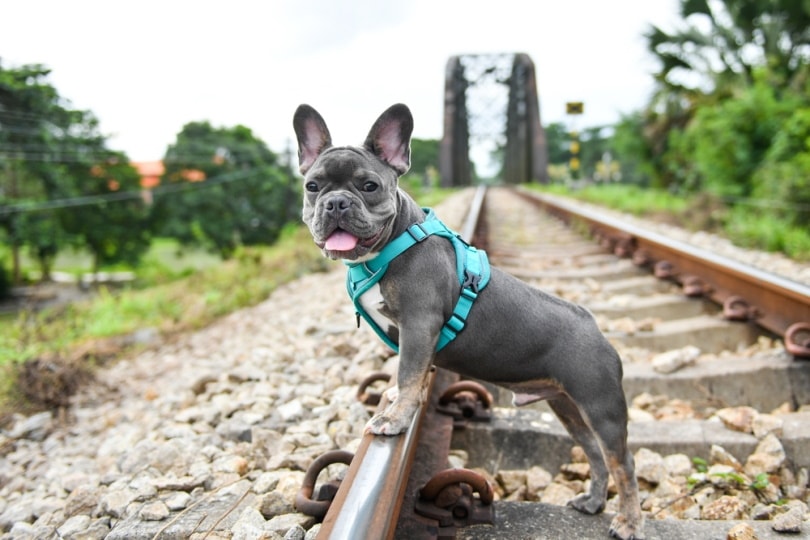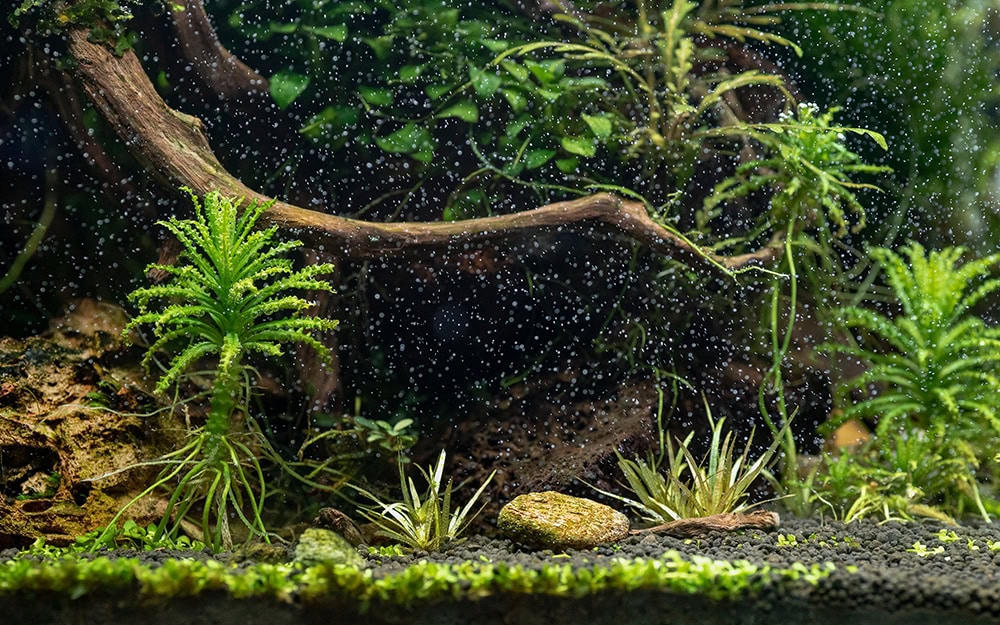Formentino Cane Corso: Info, Pictures, Origin & History
Updated on
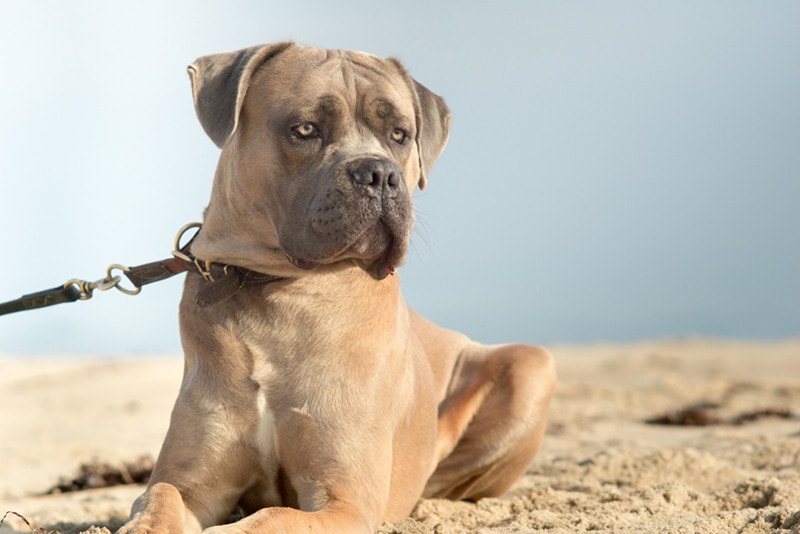
The Cane Corso is an impressive mastiff breed that originated in Italy. They are known for their athleticism, intelligence, confidence, and loyalty. These powerful dogs were originally bred as guardians of the home, property, and livestock. The breed’s popularity has increased substantially in recent years because of its stunning looks and unique characteristics.
One coat color that stands for the Cane Corso is called the formentino, which in Italian means “the color of fermented wheat.” Blue fawn is another popular description of formentino and refers to the dogs that have diluted fawn-colored coats with gray (or blue) masks.
Keep reading to learn more about these beautiful dogs and take a deeper look into their origin and history to find out how they became one of the most sought-after breeds of the modern day.
The Earliest Records of the Formentino Cane Corso in History
The Cane Corso is said to have descended from Greek Molossus dogs, which are long extinct. The Greeks bred the molossus dogs for use as guard dogs, and when the Greek islands were overrun by the Roman Empire, they made their way into Italy.
The dogs were then bred with native Italian breeds, resulting in two of the most popular mastiff breeds we know and love; the Cane Corso and the Neopolitan Mastiff. The ancestors of the Cane Corso were Roman war dogs but following the collapse of the Roman Empire, they took on many other purposes.
Not only did the Cane Corso quickly become popular guard dogs for home and livestock for the citizens of Italy but they were also used to hunt boar and other big game. Constant conflict in the Italian Peninsula resulted in a drastic decline in the breed’s numbers, however, almost rendering them extinct.
How the Formentino Cane Corso Gained Popularity
The extinction of the Cane Corso nearly happened during the mid-20th century after both world wars, the development of technology, and drastic changes in farming practices. If it weren’t for a select few breed enthusiasts, they would likely not be around today.
They made a comeback during the 1970s thanks to the breeders that worked hard to gather up the remaining dogs and took action to keep the breed alive and well. By 1983, an official breed society called the Società Amatori Cane Corso was formed.
Once better established, the Cane Corso made their way into the rest of Europe and the United States by 1988. Their numbers and popularity steadily increased, with the Cane Corso becoming a household name during the 2000s.
Now they rank among the most popular dog breeds in the western world, reaching number 21 on the AKC’s most popular dog breed list in the year 2021.
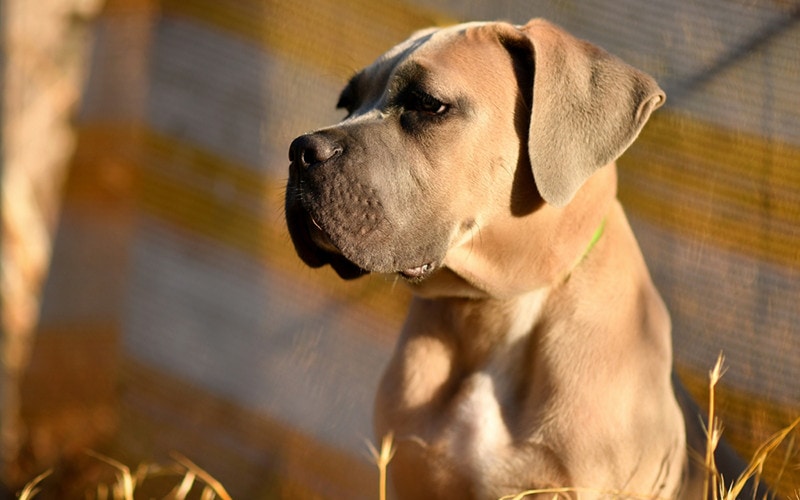
Formal Recognition of the Formentino Cane Corso
Most breeds that have been around since ancient times were among the first to receive official recognition from dog breed societies across the globe. However, the Cane Corso was not among them. They may be dated back to Ancient Rome, but their near extinction resulted in a delay in formal recognition.
They are still not officially recognized by the Kennel Club of the United Kingdom, but the timeline of official recognition around the world is as follows:
- 1983 – Corsi enthusiasts formed the Società Amatori Cane Corso, their first breed society.
- 1994 – Ente Nazionale della Cinofilia Italiana (ENCI) officially recognized the Cane Corso.
- 1996 – The FCI (Fédération Cynologique Internationale) accepts the Cane Corso on a provisional basis.
- 2007 – The Cane Corso breed receives full recognition from the World Canine Organization.
- 2008 – The United Kennel Club recognizes the Cane Corso.
- 2010 – The Cane Corso receives official recognition from The American Kennel Club.
 Top 10 Unique Facts About the Cane Corso
Top 10 Unique Facts About the Cane Corso
1. The Fawn Cane Corso Was Often Used for Hunting
Many shades of fawn ranging from light cream to brownish tan are found within the Cane Corso breed. The fawn color has been around for centuries and is believed to have been a common coat color used for hunting since the light-colored coats allowed the dogs to blend in better with the landscape of their homeland of Italy.
2. Their Eye Color Varies
All Cane Corso puppies are born with dark blue eyes that eventually change color. The Cane Corso can end up with a variety of eye colors including different shades of brown, amber, or gold. Blue eyes that remain into adulthood are very rare among the breed and are typically a result of a genetic abnormality. A formentino Cane Corso could wind up having any of the eye colors that are common to the breed.
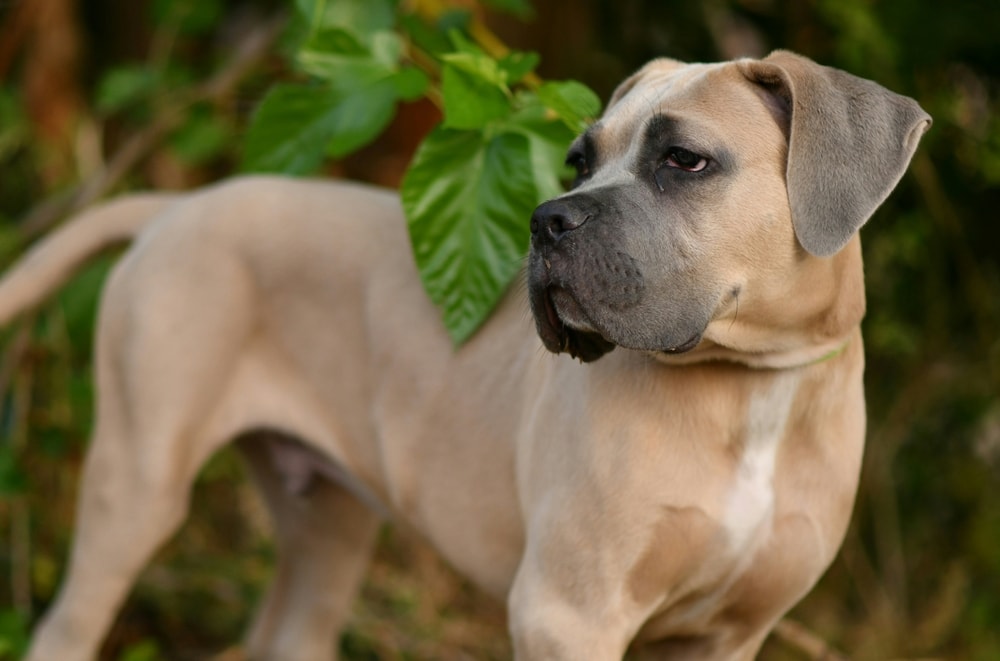
3. You Are Probably Saying Their Name Wrong
Cane Corso is very popularly mispronounced, especially in the United States. Most people pronounce Cane Corso as “kayn kor-so,” which is incorrect. The correct pronunciation of the breed’s name is “kah-nay kor-so.” The more you know!
4. Cani Corsi is the Plural Term for the Breed
Another grammar lesson for this unique breed is that one Cane Corso is called a Cane Corso, but two or more are referred to as Cani Corsi, rather than “Cane Corsos”.
5. The Cane Corso Needs a Firm Leader
While this breed is known for being affectionate, intelligent, and generally easy to train, they also require a firm and consistent leader. Potential owners should keep in mind that this is a very large and powerful breed that tends to be very willful and independent.
The Cane Corso is not going to be ideal for first-time dog owners or those that have little experience in training large, intelligent dog breeds. They should be properly socialized and trained starting at a very young age.
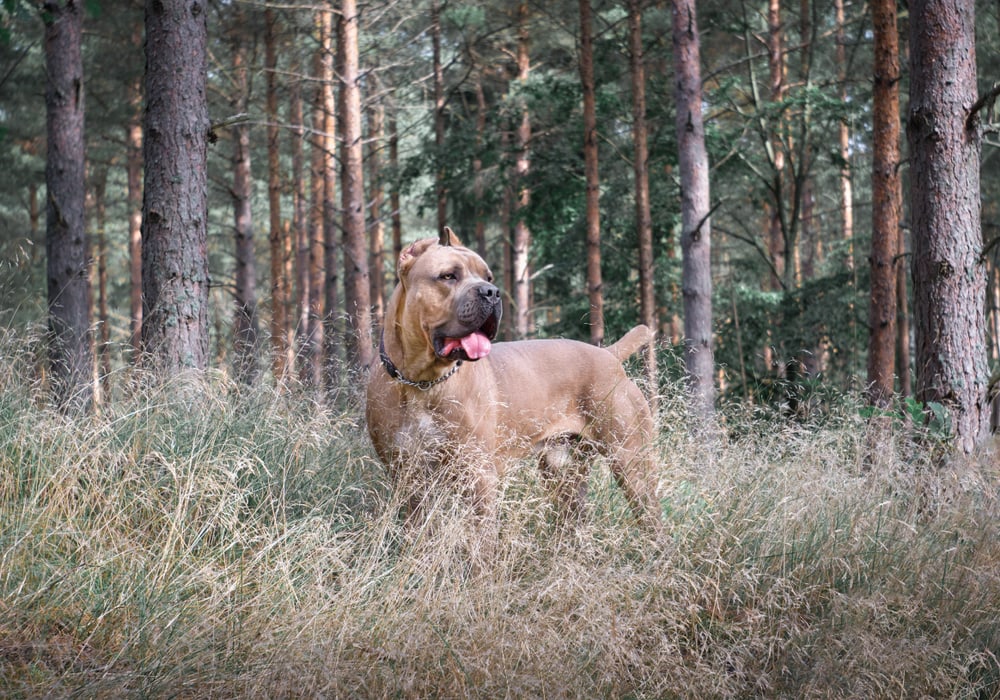
6. The Cane Corso Has Seven Recognized Breed Colors
The American Kennel Club currently recognizes seven coat colors with either a gray or black mask according to the breed standard.
- Fawn
- Gray
- Gray Brindle
- Red
- Black Brindle
- Chestnut Brindle
7. Their Name Translates to “Bodyguard Dog”
“Cane” is the Italian word for dog and “cohors” is the Latin term for “guardian.” Thus, the name Cane Corso is derived from the Latin term meaning “bodyguard-dog.” This makes sense considering the breed was originally developed as guard dogs and still possesses a fierce protective nature.
8. The Cane Corso Isn’t a Couch Potato
Most mastiff breeds are popularized as big teddy bears that would prefer the couch potato lifestyle. While the Cane Corso may be a big, lovable breed like most other mastiffs, they require much more physical activity and thrive better when they have a job to do.
That’s not saying they won’t enjoy laying around on the couch and snuggling with their beloved family members, but they do have much more extensive physical requirements than your typical mastiff.
9. The Breed Is Popular Among the Rich and Famous
It’s common for celebrities to show off their beloved pets, and several big-name celebrities like Sylvester Stallone, Vin Diesel, Quentin Tarantino, Sherri Shepherd, and NFL stars Patrick Mahomes and Odell Beckham Jr. all share their lives with the Cane Corso.
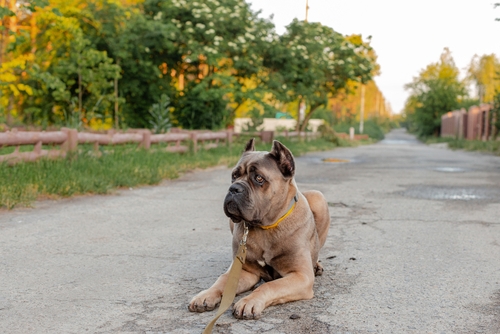
10. They Are Considered One of the Most Formidable Breeds
The Cane Corso may not have become popular until recently, but they quickly rose to fame as a breed that inspires both fear and respect. They are large, athletic, muscular, and fiercely protective, putting them among the ranks with breeds like the Rottweiler, German Shepherd, Bullmastiff, Doberman Pinscher, and more.
Does the Formentino Cane Corso Make a Good Pet?
A formentino Cane Corso has the potential to make a wonderful pet if placed with a compatible owner or family. Since these dogs are sizeable, strong, and require a firm leader, they are not going to be suited for everyone. They will require consistent training and proper socialization starting during puppyhood.
Temperament
The breed is often very affectionate and loyal to their family but will likely be more aloof and wary of strangers. They can get along well with other animals if they are properly socialized but aggression has been noted, especially between other dogs of the same sex.
Exercise
Cane Corsos can be great family dogs, but their size alone makes them best suited for families with older children. Lots of owners will tell you how goofy they can be in both behavior and vocalizations. Any home considering a Cane Corso should be prepared to meet their exercise needs of at least 1 hour per day.
Grooming
Their heavy jowls result in a decent amount of drool and their short coats will shed all year round, but more so during spring and fall. They shed substantially less than large breed dogs with thicker coats and do not have extensive grooming requirements.
Health Conditions
The Cane Corso is generally healthy but is predisposed to certain genetic health conditions like hip and elbow dysplasia, idiopathic epilepsy, and eyelid abnormalities. They do have a shorter-than-average lifespan of 9 to 12 years, which is typical of large-breed dogs.
If you are considering a Cane Corso, you should take your time and find a reputable breeder that does the proper genetic and health testing on their dogs.
Conclusion
The formentino Cane Corso is a diluted fawn-colored version of the breed with a gray mask. Also known as the blue fawn, these dogs have a long history that dates back to Ancient Rome. They are highly intelligent, large, and powerful guardians that can also be lovable, affectionate family members under the right circumstances.
See Also:
- Cane Corso Dalmatian Mix Info: Pictures, Temperament & Traits
- Cane Corso French Bulldog Mix: Info, Pictures, Traits, & Facts
Featured Image Credit: Skox, Shutterstock

 Top 10 Unique Facts About the Cane Corso
Top 10 Unique Facts About the Cane Corso